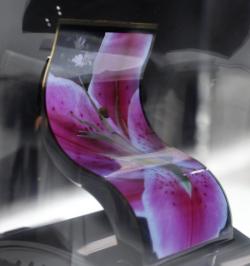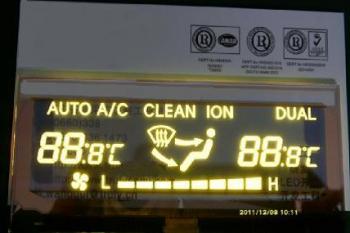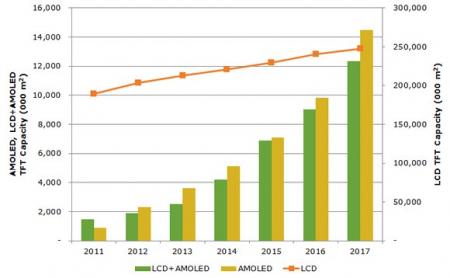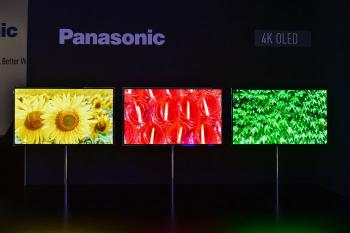Samsung Display and LG Display dropped all OLED lawsuits against each other, will look for ways to cooperate
Samsung Display and LG Display announced they dropped all OLED lawsuits against each other in a reconciliatory gesture. The companies agreed to "put aside their differences" and look for ways to cooperate.
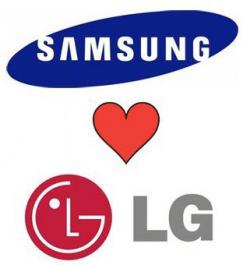
Samsung and LG's OLED technology feud was a long time standing and it's great to hear the two Korean giants agreed to resolve it and perhaps even cooperate. Back in February, LG and Samsung agreed to resolve their OLED dispute outside of the court of law and SDC's CEO even said the two companies are considering cross-licensing patents. Later on it was reported that the South Korean police searched the offices of Samsung Display as part of the investigation into alleged large-sized OLED TV technology theft from LG Display, but hopefully now this truce will hold.


